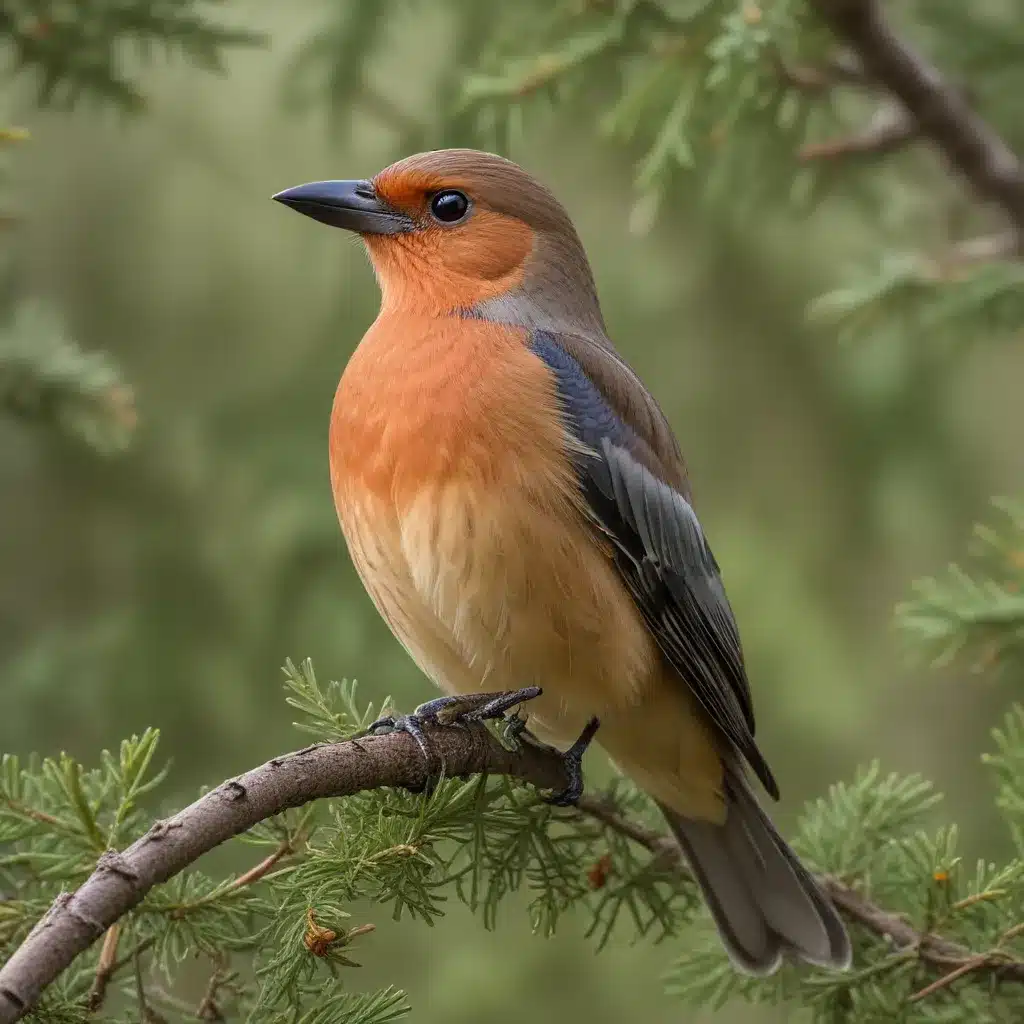
Avian Behavior and Communication
Birds are truly fascinating creatures. From the melodious songs of songbirds to the intricate mating dances of birds of paradise, their behaviors and methods of communication never cease to amaze. As an experienced avian caretaker, I’ve had the privilege of observing and studying the rich tapestry of avian behaviors up close. Let’s dive into the captivating world of bird behaviors and unravel the enigmas surrounding their complex communication systems.
Avian Cognition
Birds possess remarkable cognitive abilities that often surpass our expectations. Their perception and senses are finely tuned to their environments, allowing them to navigate the world in ways that are foreign to us. Many species have demonstrated problem-solving skills, tool use, and even the ability to recognize human faces. The mental acuity of our feathered friends is truly remarkable.
For instance, crows are renowned for their intelligence. These birds can remember the faces of individual humans, hold grudges, and even use tools to solve problems. Experiments have shown that crows can plan ahead, recalling the location of hidden food and returning to retrieve it later. Their ability to adapt and innovate is a testament to the cognitive prowess of birds.
Vocal Communication
At the heart of avian behavior is their remarkable vocal communication. Birdsong, with its intricate melodies and rhythms, serves as a means of territorial defense, mate attraction, and even social bonding. Each species has its own unique repertoire of vocalizations, often with distinct dialects and regional variations.
Songbirds, in particular, have captivated researchers with their complex vocal learning abilities. Young birds must listen and learn from their elders, much like human children acquire language. This process allows for the development of species-specific songs, which can be passed down through generations. Interestingly, some birds even demonstrate the ability to improvise and create novel vocalizations, showcasing their linguistic creativity.
Beyond the realm of birdsong, birds employ a wide array of calls and sounds to convey information. From alarm calls that warn of predators to begging calls from chicks, these vocalizations play a vital role in the social dynamics and survival strategies of avian species.
Avian Social Dynamics
Birds are inherently social creatures, often living in complex social structures that rival our own. From the tight-knit flocks of geese to the bustling colonies of seabirds, the social lives of birds are a fascinating study in animal behavior.
Social Structures
The formation of flocks and colonies serves a multitude of purposes for birds. Flocking behavior provides protection from predators, facilitates information sharing, and enhances foraging efficiency. Colonies, on the other hand, offer nesting sites, resource-sharing, and the opportunity for cooperative breeding and parenting.
Mating and courtship rituals are another integral aspect of avian social dynamics. Birds engage in a dazzling array of displays, from the elaborate dances of cranes to the spectacular plumage exhibitions of birds of paradise. These behaviors not only attract mates but also reinforce pair bonds and maintain social hierarchies within the flock or colony.
Cooperative Behaviors
Birds often exhibit remarkable levels of cooperation, particularly when it comes to foraging and parenting. Flocks of birds may coordinate their hunting efforts, with individuals taking on specialized roles to maximize the efficiency of food acquisition. Similarly, in cooperative breeding species, multiple adults may contribute to the care and feeding of offspring, ensuring the survival of the next generation.
The construction of nests is another area where birds demonstrate their cooperative prowess. From the intricate weavings of the sociable weaver to the communal nesting platforms of cliff swallows, birds work together to create structures that provide shelter, safety, and a nurturing environment for their young.
Avian Adaptations
The remarkable diversity of bird species is a testament to their remarkable adaptability. From the specialized morphological features that enable flight to the ingenious behavioral strategies that help them thrive in diverse environments, birds have evolved a wide array of adaptations.
Morphological Adaptations
The mechanics of avian flight are a marvel of nature. The lightweight yet strong bones, the streamlined bodies, and the precisely tuned wing structures all contribute to the graceful and efficient aerial maneuvers of birds. Additionally, the diverse feeding specializations, such as the sharp talons of raptors or the long, slender beaks of hummingbirds, allow birds to exploit a wide range of food sources.
Behavioral Adaptations
The migratory patterns of birds are a true feat of navigation. Using a combination of celestial cues, magnetic fields, and innate compass senses, birds are able to undertake epic journeys, traversing thousands of miles to reach their destinations. Equally impressive are the thermoregulation strategies employed by birds, such as the ability to fluff up their feathers for insulation or engage in panting to dissipate heat.
Avian Ecology
Birds are integral components of the ecosystems they inhabit, playing crucial roles in maintaining the delicate balance of nature. Understanding the complex interplay between birds and their environments is essential for effective conservation efforts.
Habitat and Niche
The diverse habitats and ecological niches occupied by birds are a testament to their adaptability. From the towering trees of the rainforest to the barren tundra, birds have evolved to thrive in a wide range of environments. This biodiversity not only enriches the natural world but also provides essential services, such as pollination, seed dispersal, and pest control.
Conservation Challenges
Unfortunately, many bird species face significant threats to their survival, including habitat loss, climate change, and human-wildlife conflicts. Preserving and restoring the natural habitats that birds rely on is crucial for their continued existence. Citizen science initiatives, like the Audubon Christmas Bird Count, play a vital role in monitoring bird populations and informing conservation efforts.
As avian caretakers, we have a responsibility to understand and protect these remarkable creatures. By learning about their behaviors, communication, and adaptations, we can develop a deeper appreciation for the intricate web of life that birds are a part of. Let us continue to explore and unravel the enigmas of the avian world, working together to ensure the survival and flourishing of our feathered friends.


